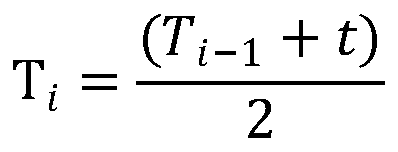Self-adaptive step length estimation method based on pedestrian motion state
An adaptive step size and motion state technology, applied in navigation calculation tools, measuring devices, instruments, etc., can solve the problems that the formula parameters cannot be changed, and cannot adapt to the motion state of pedestrians, etc.
- Summary
- Abstract
- Description
- Claims
- Application Information
AI Technical Summary
Problems solved by technology
Method used
Image
Examples
Embodiment Construction
[0094] The present invention will be further described below in conjunction with the accompanying drawings.
[0095] like figure 1 As shown, a kind of pedestrian motion state adaptation step estimation method that the present invention proposes, specifically comprises following 6 steps:
[0096] Step 1. The built-in accelerometer of the smart terminal collects the acceleration data and magnetometer data of the pedestrian during the movement;
[0097] Step 2. Preprocessing of data;
[0098] Step 3. Periodic segmentation of data.
[0099] Step 4. Detect the maximum and minimum values of the acceleration in each step of the pedestrian, and calculate the walking frequency and acceleration variance of each step of the pedestrian.
[0100] Step 5. Extract the features of each step, and identify the motion state of each step of the pedestrian through the classifier.
[0101] Step 6. According to the motion state recognition result of the classifier, the pedestrian's step size i...
PUM
 Login to View More
Login to View More Abstract
Description
Claims
Application Information
 Login to View More
Login to View More - R&D
- Intellectual Property
- Life Sciences
- Materials
- Tech Scout
- Unparalleled Data Quality
- Higher Quality Content
- 60% Fewer Hallucinations
Browse by: Latest US Patents, China's latest patents, Technical Efficacy Thesaurus, Application Domain, Technology Topic, Popular Technical Reports.
© 2025 PatSnap. All rights reserved.Legal|Privacy policy|Modern Slavery Act Transparency Statement|Sitemap|About US| Contact US: help@patsnap.com



